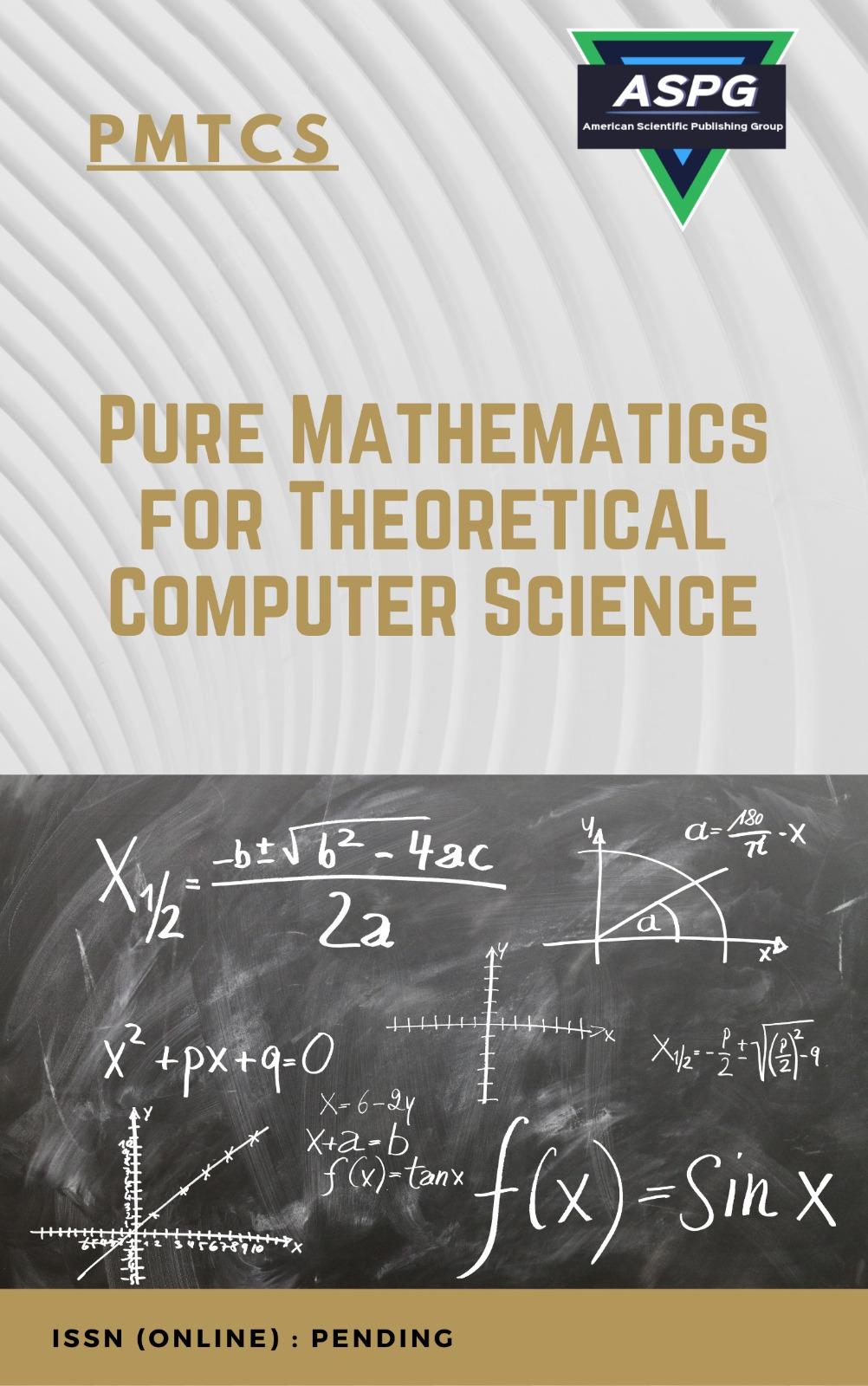

In this research, brain computer interface was designed to record brain signals and connecting it to labview via Bluetooth technology. Brain signals were acquired for 10 persons according to a specific protocol designed for the purpose of study then analyze those signals in order to form statistical data and study the changes of frequency and amplitude depending on the opening and closing of the eye. Accordingly a signal processing algorithm was developed to obtain the frequency and amplitude of the brain signal and compare those values during the opening and closing of the eye and determine the discrimination values. After the analysis and the classification steps, the algorithm was developed to send the command data to the Arduino chip and linked to the signal processing algorithm. As a result, the brain signal was marked at the blink and processed to execute a control command to trigger a relay and move an automatic arm or perform any action.
Read MoreDoi: https://doi.org/10.54216/PMTCS.010101
Vol. 1 Issue. 1 PP. 08-16, (2023)
One of the most important features offered by virtualization is the live migration of virtual machines, and it is defined as the migration of a virtual machine from one physical host to another physical host while maintaining the continuity of service for applications running on this machine. The PRE-COPY algorithm is one of the most important live migration algorithms. The working principle of this algorithm is based on the frequent transfer of changed memory pages (dirty page) between the source and the target, so that the repetition stops at a certain threshold. This algorithm suffers from a page re-send problem, which is moving the same memory pages repeatedly in each Itern, which increases the amount of data sent over the network, and thus the total live migration time increases and the total of memory pages transferred becomes much larger than The actual size of the memory. In this paper, we build a model to improve the total time of live migration in the event that co-resident Inter-VM communication. We have made a modification to the XENVMC communication protocol, which is a protocol based on the concept of shared memory to handle communication and speed up data transfer between co-resident virtual machines. The modification of the XENVMC protocol has improved the total live migration time and reduced the number of pages transmitted over the network, for two main reasons: the first is to reduce the number of changed pages in memory caused by communication between virtual machines, and the second reason is due to the acceleration of communication and data exchange between that co-resident Inter-VM communication.
Read MoreDoi: https://doi.org/10.54216/PMTCS.010103
Vol. 1 Issue. 1 PP. 32-46, (2023)
We study under some conditions on p, m and suitable conditions on g, the decay of solutions of the nonlinear viscoelastic hyperbolic equation in problem (P) as t→+∞, with Ω is a bounded domain in R^N (N>1), with smooth boundary Γ, and a, b, w are positive constants, m≥2, P≥2, and the function g(t) satisfying some conditions. We show that the energy of solutions decays exponentially if m =2 and polynomial if m >2, provided that the initial data are small enough.
Read MoreDoi: https://doi.org/10.54216/PMTCS.010104
Vol. 1 Issue. 1 PP. 47-55, (2023)